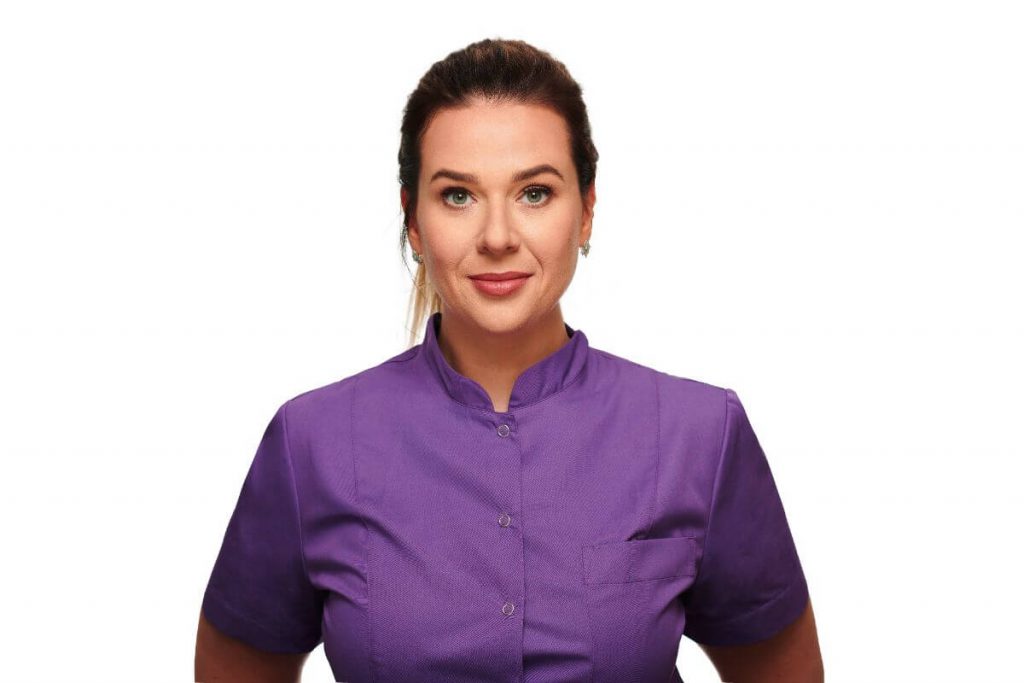Prosthetic crowns
Missing teeth have a negative impact on the patient’s health because they obstruct chewing, lead to decay development, weaken other teeth, may lead to speechobstruction and reduce self-confidence. Dental prosthetics currently knowsmany ways whereby missing teeth can be restored and prosthetic crowns is one of them.
Types of Prosthetic Crowns
Taking advantage of the prosthetic crown is always equal to a complete restoration of the natural crown of the tooth. The crown can be fixed to a remainder of the natural tooth that has previously been ground or onto an implant that has been grafted into the bone of the jaw (during complete extraction when the tooth is removed together with its root). In both cases, we are dealing with prosthetic restoration, which excellently replaces the missing tooth.Under both circumstances- when the crown is fixed to the tooth or onto the implant, the bone of the jaw is stimulated which prevents its weakening. It is worth mentioning at this stage that the implant-based solution requires a slightly longer treatment period; the additional time needed for grafting of the implant into the bone and subsequent healing has to be taken into consideration.
Prosthetic restorations differ among each other based on the type ofmaterial they are made of. What types of prosthetic crowns can be distinguished then? The most popular and least expensive are crowns with a metal base. First, the metal core,onto which successive layers of porcelain are laid, is made. These layers imitatesuccessive layers of the tooth, and thanks to the use of porcelain the crown looks almost like a natural tooth, however, fragments of the metal core might still be visible.
This problem does not occur in all-ceramic crowns, which, as the name itself suggests, are made entirely of ceramics and imitate excellently natural enamel. This type of crown is more expensive, however, its indisputable advantage is that it isindistinguishable from the rest of the teeth. The porcelain itself, however, is a less durable material and this type of restoration might not last as long as other types of crowns.
Prosthetic crowns based on zircon, also known as zirconia crowns, are made of zirconium oxide. This material closely resembles porcelain, but its durability matches the one of the metal. These crowns are the most expensive type, however, they look natural and are extremely lasting.
All-metal crowns are specific. The metal used to make them is friendly to our bodies, and it does not cause allergiesor irritations (especially gold). These crowns are extremely durable too. There is no denying, however, that this kind of prosthetic restoration clearly stands out from the rest of the teeth and some patients might not feel comfortable with it. Others, on the other hand, appreciate their interesting aesthetic values combined with theirreliability.







 Prosthetic dentistry
Prosthetic dentistry 


